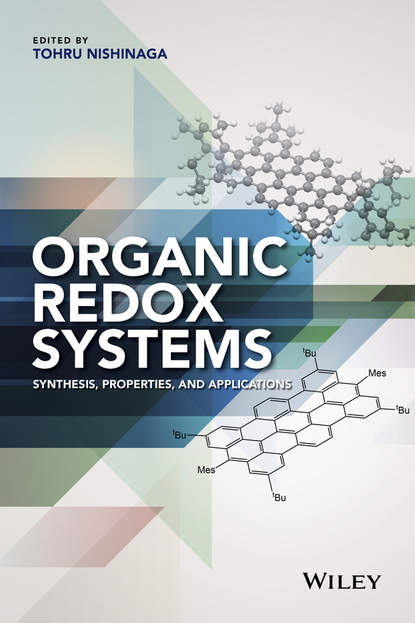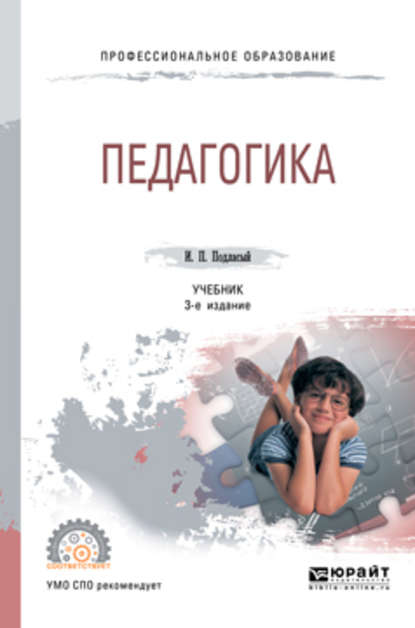Книга "Понимание механизмов органометаллических реакций и катализа" имеет целью исследование и выявление новых горизонтов в изучении механизмов реакций, открывающих совместное применение экспериментальных и теоретических исследований. В книге представлены последние исследования и разработки в области механизмов органометаллических реакций и катализа. Книга принимает уникальный подход, демонстрируя, как использовать эксперименты, спектроскопические измерения и вычислительные методы для выявления путей реакции и молекулярных структур катализаторов, а не сосредотачиваясь только на одной дисциплине. Результатом является более глубокое понимание основного механизма реакции и корреляции между молекулярной структурой и реакционной способностью. В книге представлены первоисточники информации от известных экспертов, работающих в этих областях, охватывающие такие темы, как активация малых молекул, образование связей С-С и С-гетероатома, реакции кросс-спаривания, превращение диоксида углерода, гомогенный и гетерогенный катализ переходных металлов и металл-графеновые системы. Полученные знания позволят читателю улучшить существующие протоколы реакции и рационально разработать более эффективные катализаторы или селективные реакции. Книга является незаменимым источником информации для синтетических, аналитических и теоретических химиков в академической и промышленной сферах.
The goal of the book is to explore and highlight the new horizons of study in reaction mechanisms and their joint applications of experimental investigations and theoretical simulations. The book presents and reviews the latest findings and contemporary developments in mechanistic research on organometallics reactions and catalytic phenomena, adopting a unique method of bringing together experimental data, spectroscopic measures, and calculations to decipher reaction pathways and catalysts' molecular structures, in contrast to solely focusing on a specific discipline. A more profound understanding of underlying reaction mechanisms along with the link between molecular compositions and reactivity emerges as a result. The authors' contributions share substantial firsthand knowledge from distinguished specialists working in these fields, expanding across crucial topics, such as activation of smaller organic molecules, carbon-carbon and carbon-heteroatomic bond formation, coupling reactions, conversion of carbon dioxide, metal and nonmetal catalysis, transition metals, and their interactions with graphene systems. Readers will be granted the possibility of improving current reaction processes and designing more inventive catalysts and careful processes through the expertise gained. This work is an essential resource of information for analysts, synthetic chemists, and theory practitioners, both academia- and industry-based.
Электронная Книга «Understanding Organometallic Reaction Mechanisms and Catalysis - Valentin P. Ananikov» написана автором Valentin P. Ananikov в году.
Минимальный возраст читателя: 0
Язык: Английский
ISBN: 9783527678242
Описание книги от Valentin P. Ananikov
Exploring and highlighting the new horizons in the studies of reaction mechanisms that open joint application of experimental studies and theoretical calculations is the goal of this book. The latest insights and developments in the mechanistic studies of organometallic reactions and catalytic processes are presented and reviewed. The book adopts a unique approach, exemplifying how to use experiments, spectroscopy measurements, and computational methods to reveal reaction pathways and molecular structures of catalysts, rather than concentrating solely on one discipline. The result is a deeper understanding of the underlying reaction mechanism and correlation between molecular structure and reactivity. The contributions represent a wealth of first-hand information from renowned experts working in these disciplines, covering such topics as activation of small molecules, C-C and C-Heteroatom bonds formation, cross-coupling reactions, carbon dioxide converison, homogeneous and heterogeneous transition metal catalysis and metal-graphene systems. With the knowledge gained, the reader will be able to improve existing reaction protocols and rationally design more efficient catalysts or selective reactions. An indispensable source of information for synthetic, analytical, and theoretical chemists in academia and industry.



















